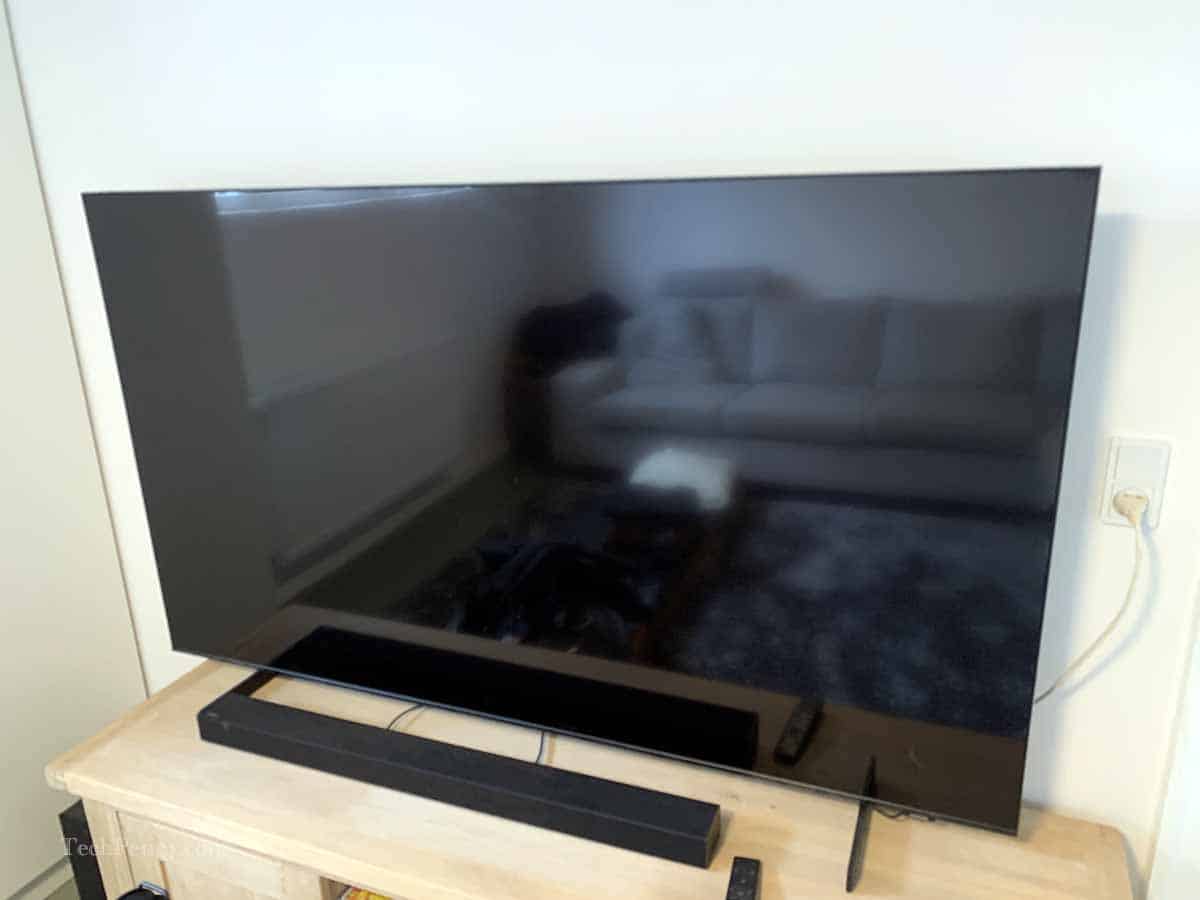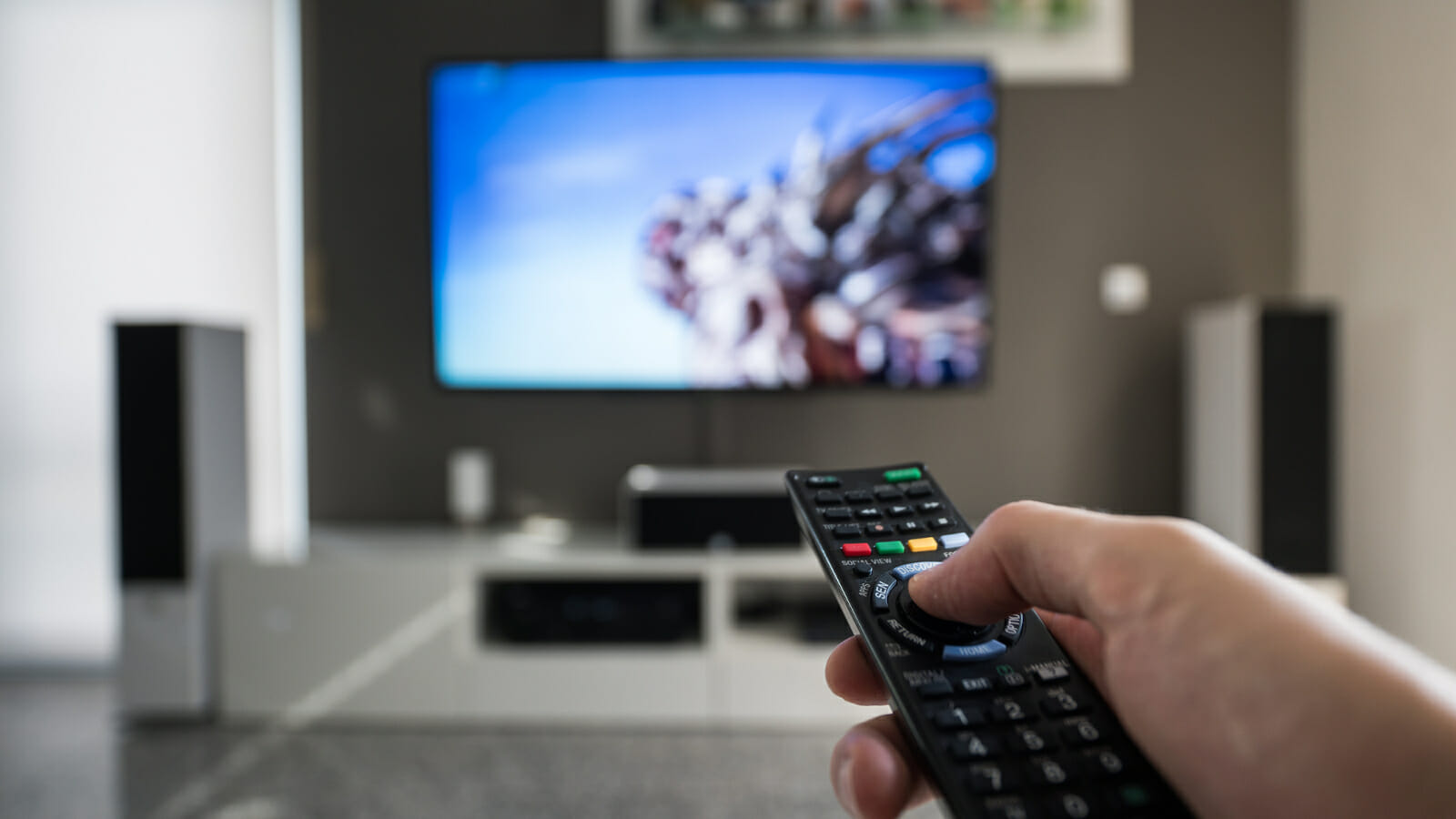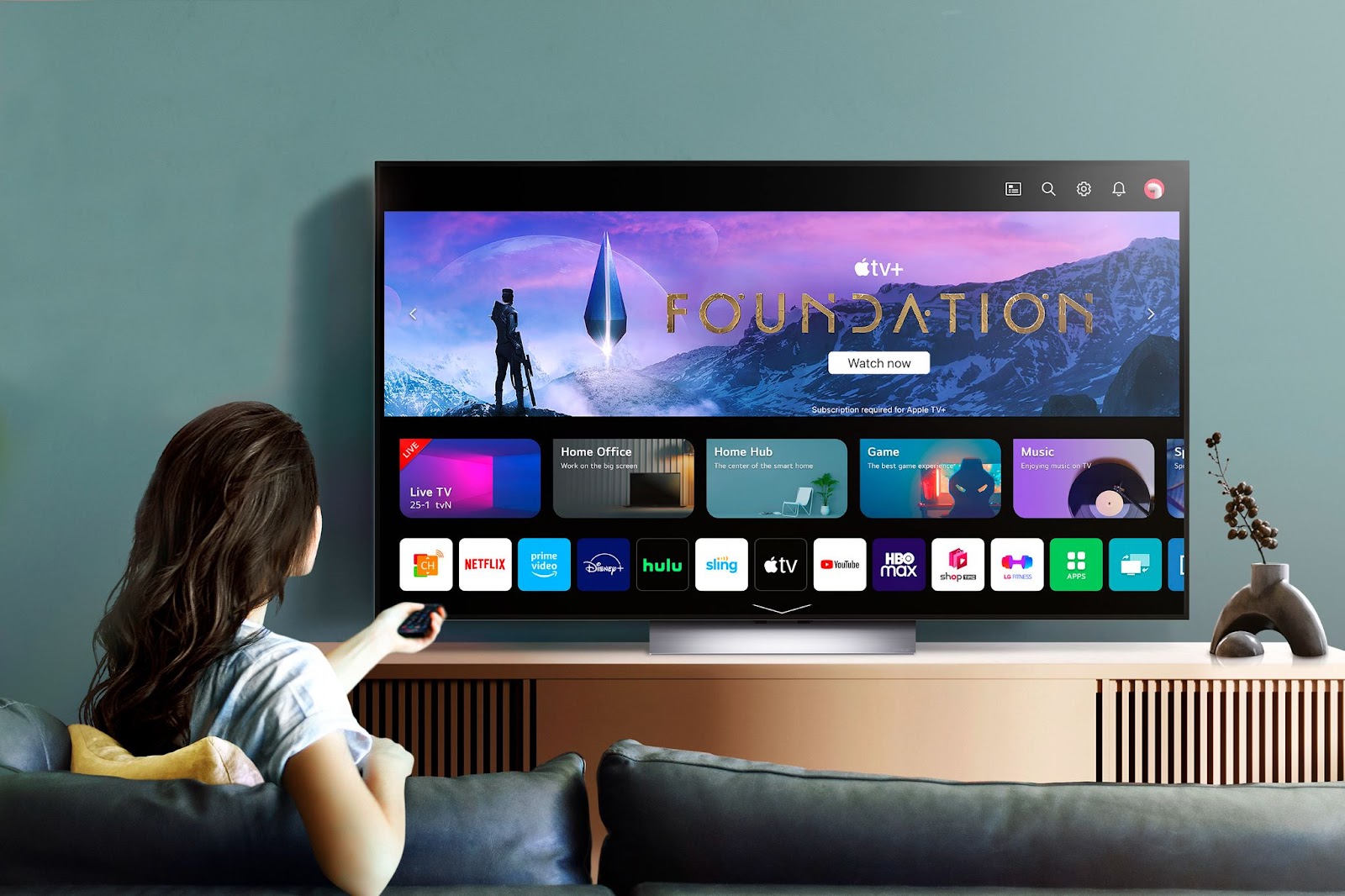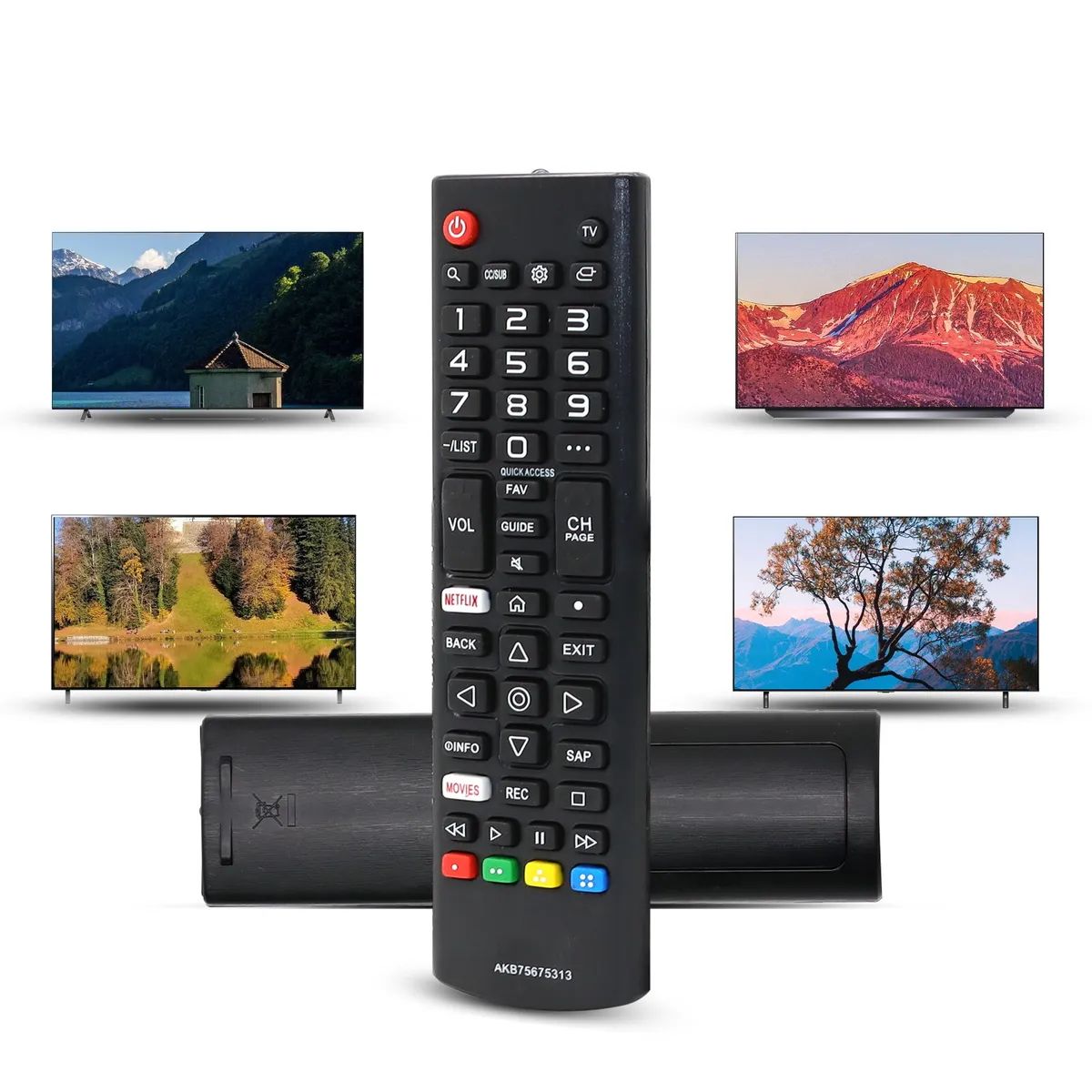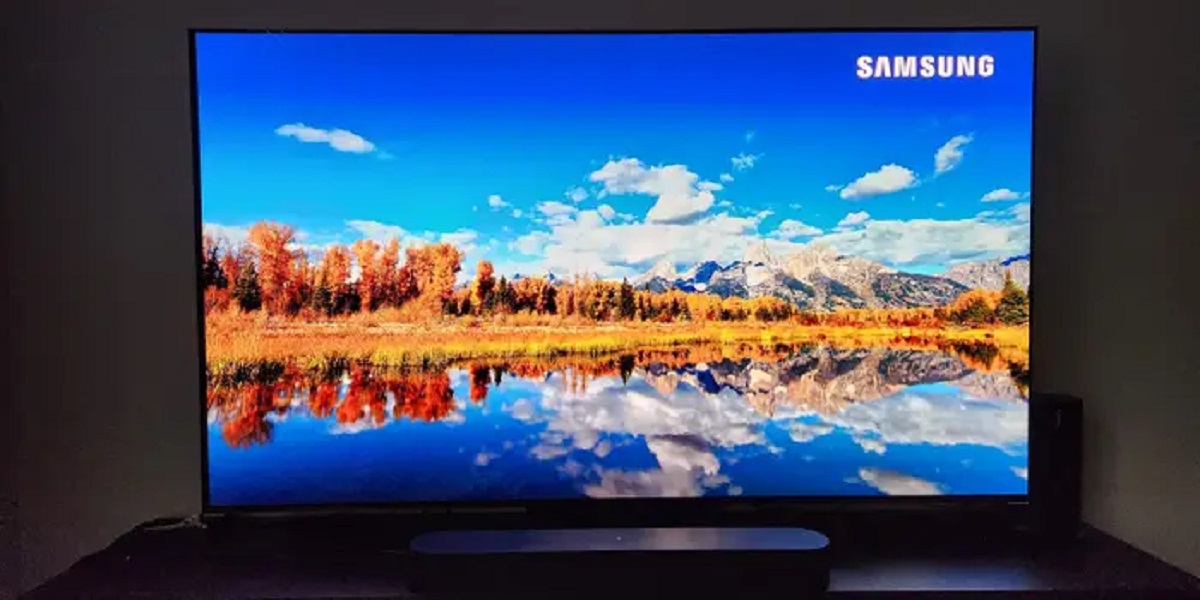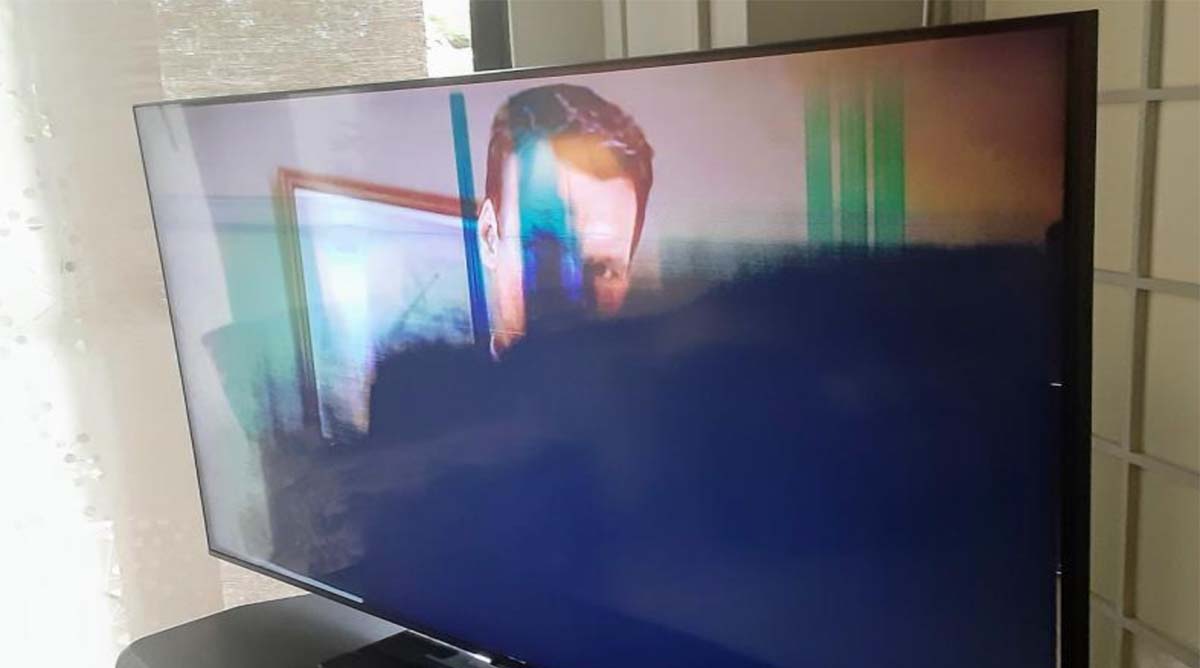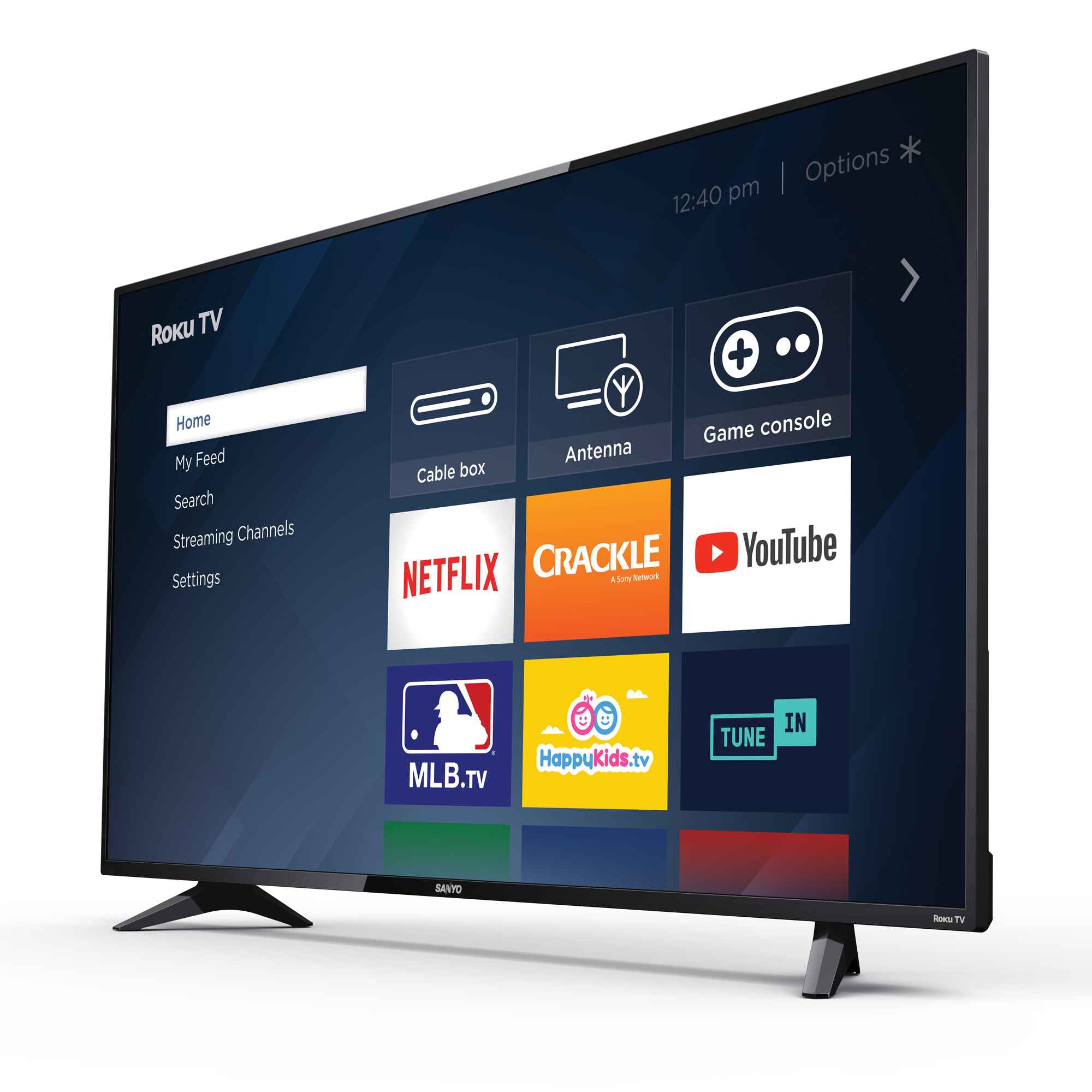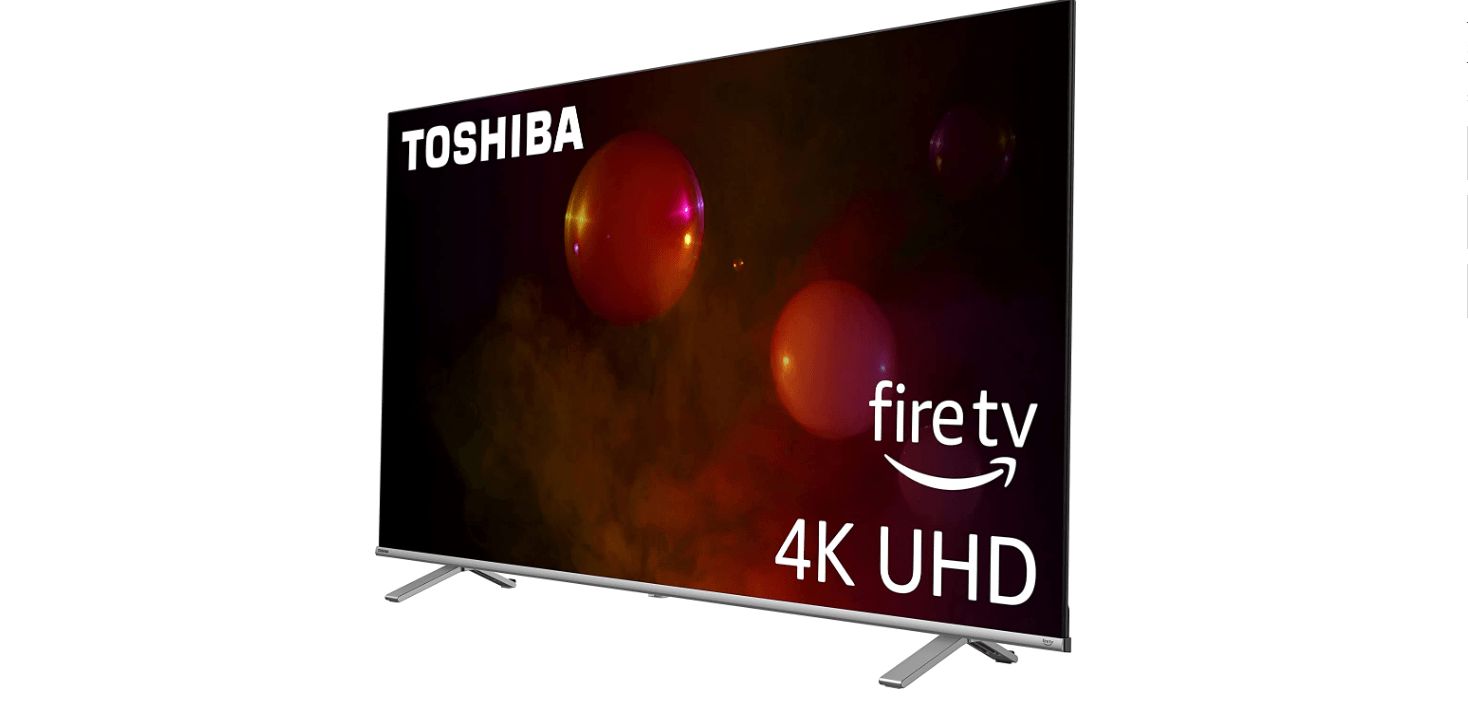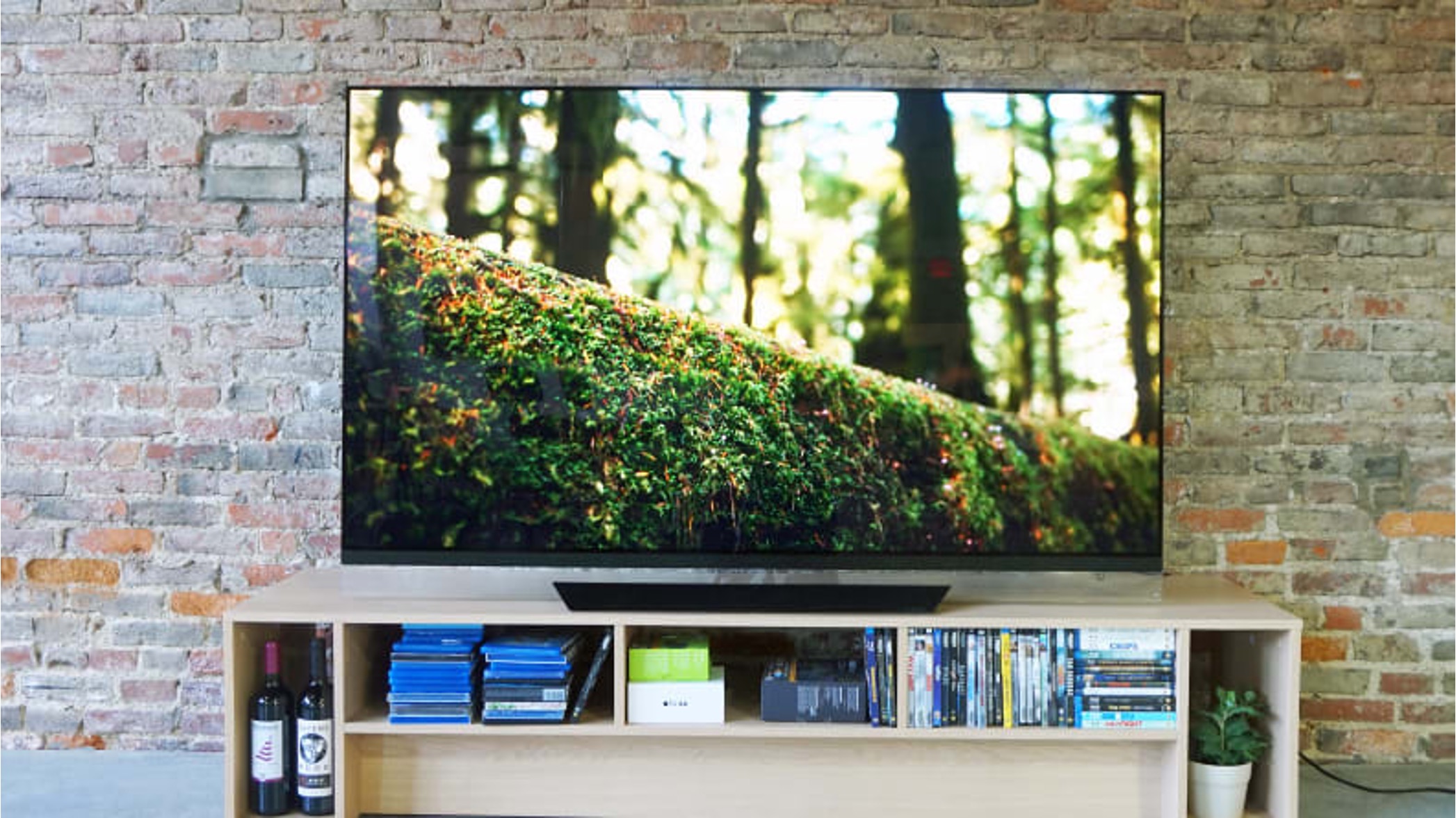Why is it important to know how hot a LED TV can get?
Understanding how hot a LED TV can get is essential for several reasons. Firstly, excessive heat can have a detrimental effect on the performance, lifespan, and overall functionality of your TV. Secondly, knowledge of the temperature range can help you identify and prevent overheating issues, ensuring your TV operates optimally. Lastly, it allows you to take necessary precautions and implement measures to maintain the ideal operating temperature of your LED TV.
Awareness of the temperature range is crucial because LED TVs, like any electronic device, generate heat during operation. Excessive heat can lead to various issues, such as reduced picture and audio quality, shortened lifespan, and even permanent damage to internal components. By monitoring the temperature, you can take proactive steps to prevent overheating and protect your investment.
Moreover, understanding the heat tolerance of your LED TV can also assist you in optimizing its placement and ventilation. Placing the TV in a location with poor airflow or near a heat source can increase the risk of overheating. By knowing the ideal operating temperature, you can ensure proper ventilation and avoid any potential heat-related problems.
Additionally, current LED TV models are becoming sleeker and thinner, resulting in limited space for proper heat dissipation. This means that the risk of overheating is more prevalent in newer models. Understanding the temperature range can help you assess the cooling capacity of your TV and take appropriate action to avoid any performance issues.
Another reason why it is important to know the temperature limits of your LED TV is to ensure the safety of your home. While rare, there have been cases where overheating TVs have caused electrical fires. By monitoring and controlling the temperature, you can reduce the risk of such incidents and prioritize the safety of your household.
In summary, being aware of how hot a LED TV can get is crucial for optimizing its performance, extending its lifespan, maintaining picture and audio quality, and ensuring the safety of your home. By monitoring the temperature and implementing necessary precautions, you can enjoy uninterrupted entertainment and peace of mind knowing that your TV is operating within its ideal temperature range.
Factors that determine the temperature of a LED TV
The temperature of a LED TV is influenced by various factors, which can impact its performance and longevity. Understanding these factors is important for effectively managing and preventing overheating issues. Here are the key elements that determine the temperature of a LED TV:
- Internal Components: The internal components of a LED TV, such as the processor, graphics card, and power supply, generate heat during operation. The efficiency of these components and their ability to dissipate heat play a crucial role in determining the overall temperature of the TV.
- Ventilation and Airflow: Proper ventilation and airflow are vital for regulating the temperature of a LED TV. The design of the TV, including the presence of cooling fans, vents, and heat sinks, affects how efficiently heat is dispersed. Limited airflow or obstructed vents can lead to heat buildup and potential overheating.
- Ambient Temperature: The ambient temperature of the room where the LED TV is located can impact its operating temperature. Higher ambient temperatures require more efficient cooling mechanisms to maintain optimal performance. Hence, it is important to avoid placing the TV in areas with high temperatures or limited airflow, such as near radiators or in direct sunlight.
- Usage Patterns: The usage patterns of the LED TV can also contribute to its temperature. Extended periods of heavy usage, such as gaming or watching content for hours on end, can generate more heat compared to casual usage. Similarly, using the TV at maximum brightness settings or in a confined space can increase the risk of overheating.
It is worth noting that different LED TV models have varying temperature tolerances. Some models are designed to handle higher temperatures more efficiently than others. Therefore, it is advisable to refer to the manufacturer’s guidelines to understand the specific temperature range at which your TV can operate optimally.
In summary, the temperature of a LED TV is influenced by factors such as internal components, ventilation and airflow, ambient temperature, and usage patterns. By considering these factors and taking necessary precautions, you can maintain a stable and optimal operating temperature for your LED TV, ensuring its performance, durability, and reliability in the long run.
Understanding the ideal operating temperature for your LED TV
Knowing the ideal operating temperature range for your LED TV is crucial for ensuring optimal performance and longevity. LED TVs, like any electronic device, function best within a specific temperature range. Understanding this range allows you to take appropriate measures to maintain the TV’s temperature and prevent overheating. Here’s what you should know about the ideal operating temperature for your LED TV:
Typically, LED TVs operate best within a temperature range of 0°C to 35°C (32°F to 95°F). This range ensures that the internal components function efficiently and that the TV’s performance is not negatively affected. It is essential to avoid operating the TV outside this temperature range, as it can lead to overheating, reduced picture and audio quality, and potential damage to internal components.
Extreme temperatures can cause various issues in LED TVs. Excessively cold temperatures can slow down the TV’s response time, leading to delays in displaying images or changes in audio. On the other hand, extremely high temperatures can affect the TV’s electronics, causing components to overheat, which can ultimately result in permanent damage.
To maintain the ideal operating temperature for your LED TV, consider the following tips:
- Proper Ventilation: Ensure that there is adequate space around the TV for proper airflow. Avoid placing the TV in enclosed spaces or against walls, which can obstruct the vents and hinder heat dissipation.
- Avoid Direct Sunlight: Direct exposure to sunlight can raise the temperature of the TV significantly. Position the TV away from windows or use curtains or blinds to prevent direct sunlight from affecting the TV’s temperature.
- Regulate Room Temperature: Maintain a comfortable ambient temperature in the room where the TV is located. Avoid placing the TV near heat sources like radiators or air conditioning vents.
- Avoid Blocking Vents: Ensure that the vents on the back or sides of the TV are not obstructed. Clear away any dust or debris that may accumulate and block the airflow.
- Limit Gaming Sessions: Extended gaming sessions can generate more heat. Take regular breaks to allow the TV to cool down and prevent excessive heat buildup.
By following these guidelines and keeping the LED TV within its ideal operating temperature range, you can ensure optimal performance, prolong the TV’s lifespan, and prevent overheating issues.
Common signs of overheating in LED TVs
Overheating is a common issue that LED TVs can experience, which can lead to various problems with performance and functionality. Identifying the signs of overheating is crucial to prevent further damage and take appropriate measures. Here are some common signs to look out for:
- Diminished Picture Quality: One of the most noticeable signs of overheating in a LED TV is a decline in picture quality. You may notice pixelation, color distortion, or a fuzzy image. The TV may also exhibit screen flickering or blackouts due to thermal stress on the display components.
- Audio Distortion: Overheating can also impact the audio output of the TV. You may experience distorted or muffled sound, or even complete audio loss. This can be caused by the heat affecting the TV’s audio processing components.
- Automatic Shutdown: If a LED TV reaches a critical temperature, it may automatically shut down to prevent further damage. This is a safety mechanism designed to protect the TV from severe heat-related issues.
- Unusual Fan Noise: LED TVs typically have internal cooling fans to dissipate heat. If you notice a loud or excessive fan noise coming from your TV, it may indicate that the TV is struggling to cool down and is working harder to maintain proper temperature levels.
- Slow Response Times: Overheating can cause the TV’s internal components to operate slower, leading to delayed response times when changing channels, accessing menus, or adjusting settings. This sluggishness may be noticeable and can indicate that the TV is facing thermal stress.
- Unusual Smell or Burning Odor: In more severe cases of overheating, you may detect a distinct burning odor emanating from the TV. This smell can indicate that internal components are being subjected to extreme heat and are potentially at risk of damage.
- Physical Hotness: Although it may seem obvious, physically feeling excessive heat emanating from the TV itself can be a clear sign of overheating. If the TV’s casing feels unusually hot to the touch, it is likely experiencing high internal temperatures.
If you notice any of these signs, it is essential to take immediate action to address the overheating issue to prevent further damage. Start by turning off the TV and allowing it to cool down for some time. Ensure that the TV is placed in a well-ventilated area and check for any obstructions to the vents or fans. If the problem persists, it may be necessary to consult a professional technician for further assistance.
By recognizing and addressing these common signs of overheating, you can protect your LED TV from potential damage and ensure its continued performance and longevity.
Consequences of excessive heat in LED TVs
Excessive heat in LED TVs can have several detrimental consequences on their performance, functionality, and overall lifespan. Ignoring or neglecting the issue can lead to long-term damage and potential costly repairs. Here are the consequences that can occur as a result of excessive heat:
- Reduced Picture and Audio Quality: When a LED TV overheats, it can negatively impact the display and audio performance. The picture may appear distorted, with pixelation, color banding, or image flickering. Similarly, the audio may become muffled, distorted, or even completely malfunction due to thermal stress on the internal audio components.
- Shortened Lifespan: Continuous exposure to excessive heat can significantly reduce the lifespan of a LED TV. Heat can accelerate the deterioration of internal components, such as capacitors, resistors, and even the backlight. This can lead to premature failure of the TV and necessitate costly repairs or replacement.
- Component Damage: Excessive heat can cause irreversible damage to the TV’s internal components, including the processor, graphics card, power supply, and even the display panel. These components are designed to operate within a specific temperature range, and prolonged exposure to high temperatures can cause them to degrade or fail altogether.
- Power Supply Issues: Overheating can strain the power supply unit (PSU) of the TV, potentially resulting in power fluctuations or intermittent shutdowns. In some cases, the PSU may completely fail, rendering the TV inoperable and requiring professional repair.
- Fire Hazard: Although rare, prolonged overheating in a LED TV can lead to a fire hazard. The excessive heat can ignite materials within the TV, resulting in an electrical fire. This emphasizes the importance of addressing overheating issues promptly to ensure the safety of your home and belongings.
- Increase in Energy Consumption: When a LED TV operates at higher temperatures, it may consume more energy to function properly. This can lead to increased energy bills and put additional strain on the TV’s components, potentially exacerbating the overheating issue.
It is crucial to monitor the temperature of your LED TV regularly and take necessary measures to prevent excess heat buildup. By ensuring adequate ventilation, proper placement, and following manufacturer guidelines for optimal operating conditions, you can mitigate the risks of excessive heat and protect your TV from these potentially damaging consequences.
Tips to prevent your LED TV from overheating
Preventing overheating in your LED TV is essential to maintain its performance, longevity, and overall functionality. By taking proactive measures, you can mitigate the risk of heat-related issues and ensure optimal operating conditions. Here are some tips to help prevent your LED TV from overheating:
- Proper Ventilation: Ensure that your TV has proper ventilation by avoiding placing it in enclosed spaces or tightly-packed cabinets. Leave sufficient space around the TV to allow for airflow and prevent heat buildup.
- Keep Vents Clear: Regularly check and clean the vents on the TV to remove any dust or debris that may accumulate and obstruct the airflow. Blocked vents can significantly impede the cooling mechanism of the TV and lead to overheating.
- Avoid Placing near Heat Sources: Keep your TV away from direct sunlight, radiators, or any other heat-emitting sources. Exposure to excessive heat can raise the overall temperature of the TV and increase the risk of overheating.
- Use Proper Mounting: If you choose to mount your TV on a wall, make sure that it is properly installed according to the manufacturer’s guidelines. Improper mounting can restrict airflow and trap heat, leading to overheating.
- Adjust Brightness and Contrast: Running your TV at maximum brightness and contrast levels can generate more heat. Adjust these settings to a comfortable level that is suitable for your viewing environment and helps keep the TV’s temperature in check.
- Limit Gaming Sessions: Gaming sessions can put additional strain on the TV and generate more heat. Take breaks during extended gaming sessions to allow the TV to cool down and prevent overheating.
- Regular Maintenance: Perform routine maintenance on your TV, including dusting and cleaning the screen and surrounding areas. This ensures better heat dissipation and reduces the risk of overheating.
- Monitor Ambient Temperature: Pay attention to the ambient temperature of the room where your TV is located. Keeping the room at a comfortable temperature range (around 20-25°C or 68-77°F) helps maintain optimal operating conditions for your TV.
It is worth noting that different TV models may have specific recommendations from the manufacturer regarding heat management. It is advisable to refer to the user manual or visit the manufacturer’s website for any additional guidelines or specific instructions related to your LED TV’s cooling requirements.
By following these tips and maintaining a well-ventilated, properly placed, and clean environment for your LED TV, you can significantly reduce the risk of overheating and ensure its longevity and optimal performance.
How to measure the temperature of your LED TV
Measuring the temperature of your LED TV can provide valuable insights into its operating conditions and help you determine if it is at risk of overheating. There are several methods you can use to measure the temperature of your TV, ranging from simple techniques to more advanced tools. Here’s how you can effectively measure the temperature of your LED TV:
- Hand Test: One of the simplest ways to check the temperature is by using your hand. Carefully place your hand on the back or sides of the TV. If it feels excessively hot to the touch, it suggests that the TV may be running hot and potentially at risk of overheating. However, this method only provides a general indication and is not precise.
- Infrared Thermometer: Using an infrared thermometer is a more accurate method to measure the temperature of your LED TV. Point the thermometer at the back or sides of the TV, ensuring there is no obstruction between the thermometer and the TV. The thermometer will measure the surface temperature and provide you with an accurate reading.
- Precision Temperature Sensors: For a higher degree of accuracy, you can use precision temperature sensors. These sensors are specifically designed to measure and monitor the temperature of electronic devices. They can be attached to different areas of the TV, such as the back panel or near the internal components, to provide detailed temperature readings.
When measuring the temperature of your LED TV, it is important to keep the following considerations in mind:
- Ambient Temperature: Take into account the ambient temperature of the room when measuring the TV’s temperature. Higher ambient temperatures can impact the TV’s temperature readings, so it is essential to maintain a comfortable environment for accurate measurements.
- Measure During Operation: To get an accurate representation of the TV’s temperature, measure it while it is in operation and experiencing regular usage. This will give you a better indication of the temperature under typical operating conditions.
- Monitor Over Time: It can be helpful to monitor the temperature of your LED TV over time to identify any patterns or sudden fluctuations. This can help you understand the TV’s heat dissipation capabilities and detect any potential overheating issues.
Remember that the temperature range for optimal operation can vary between different TV models. Refer to your TV’s user manual or manufacturer’s specifications for the recommended temperature range. If you notice consistently high temperatures or rapid increases in temperature, it is advisable to consult a professional technician for further evaluation and assistance.
By employing these measurement techniques and staying vigilant about monitoring the temperature of your LED TV, you can ensure that it operates within safe limits and minimize the risk of overheating.
Can heat damage your LED TV?
Heat can indeed damage your LED TV if it exceeds the recommended operating temperature range or if the TV is exposed to prolonged high temperatures. While LED TVs are built to withstand normal heat generated during operation, excessive heat can have several negative effects on their performance and lifespan. Here’s what you need to know about the potential damage caused by heat:
One of the primary consequences of excessive heat is a significant reduction in the lifespan of your LED TV. Internal components, such as capacitors, resistors, and the backlight, can degrade or fail prematurely when exposed to high temperatures for prolonged periods. This deterioration can lead to irreversible damage, resulting in a malfunctioning TV that requires costly repairs or replacement.
Furthermore, excessive heat can negatively impact the picture and audio quality of your LED TV. Heat-related stress on the display components can cause visual issues such as pixelation, color distortion, and screen flickering. The audio output may also be affected, resulting in distorted or muffled sound. These problems can significantly impair your viewing experience.
Heat can also cause power supply issues in your LED TV. Overheating can strain the power supply unit (PSU), which may result in power fluctuations, random shutdowns, or even complete PSU failure. When the power supply is compromised, the TV becomes inoperable and requires professional repairs.
Additionally, exposing your LED TV to excessive heat can pose a fire hazard. While rare, high internal temperatures combined with other factors, such as faulty components or inadequate ventilation, can potentially lead to an electrical fire. This highlights the importance of monitoring and mitigating overheating issues promptly to avoid any safety risks.
It is crucial to note that each LED TV model has different heat tolerance levels. Manufacturers specify recommended operating temperature ranges in the user manual or on their websites. It is essential to adhere to these guidelines to prevent heat-related damage and ensure the TV’s longevity.
To prevent heat damage to your LED TV, it is important to follow proper heat management practices. This includes maintaining adequate ventilation around the TV, avoiding direct sunlight or placing the TV near heat sources, and keeping the TV within the recommended operating temperature range.
If you suspect that your LED TV has already suffered heat damage, such as persistent image or audio issues, sudden shutdowns, or unusual smells, it is advisable to consult a professional technician for assessment and repairs.
By understanding the potential consequences of heat and taking necessary precautions, you can protect your LED TV from damage and ensure optimal performance and durability over its lifespan.







